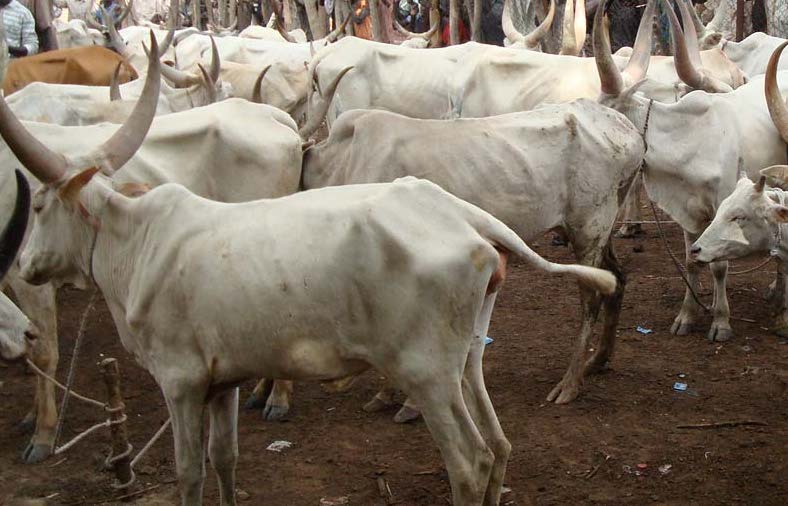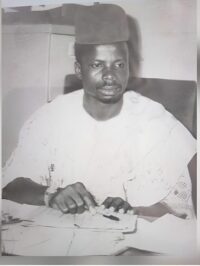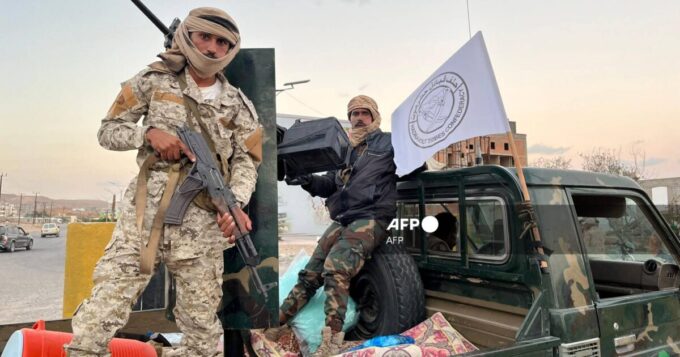From Okwe Obi, Abuja
For several decades, farmers and nomadic pastoralists have remained sworn enemies in Nigeria.
Millions of lives have been lost, agrarian villages have been made desolate, swathes of farmlands destroyed and millions of ruminants decimated, as the two parties slug it out in endless turf wars powered by survival instincts.
The cattles need foliage and the farmers need their crops and the battle rages.
But beneath the simmering tensions between farmers and herders lies an overlooked solution—Nigeria’s untapped $1 billion feed and fodder sector. According to experts, with the right investment and policy direction, this dormant industry could nourish not only livestock but also national harmony, economic growth and rural resilience.
For context, fodders or feedstock are dried hay or straw meant for cattle and other livestock. They mostly grow in the northern part of the country.
To chart a path to sustainable peace and progress, experts drawn from different countries under the African Union Inter-African Bureau for Animal Resources (AU-IBAR) assembled in Abuja recently to brainstorm on how the country, and by extension the continent, can make a fortune out of it.
The theme of the conference was: ‘Harnessing Feed and Fodder Data for Sustainable Livestock Sector Development, Resilience, and Stability.’
AU-IBAR Director, Huyam Salih, explained that it was time for Nigeria to take advantage of the natural investment to get out of the quagmire of the farmers-herders crisis.
According to her, the food and fodder event focused on boosting production, establishing a comprehensive feed inventory and balance sheet, and developing a data dashboard to monitor availability across six African countries, including Nigeria.
Huyam pointed out that the initiative was designed to advance livestock development, improve food security, and stimulate growth in the feed and fodder industry.
She said: “The project involves developing a feed and fodder dashboard to capture production and availability data, enabling governments to take corrective action to support the sector.
“The dashboard will help identify gaps and shortages, allowing for early warning systems to be put in place.”
She further stated that the project is being implemented in Nigeria (West Africa), Cameroon (Central Africa), Uganda and Kenya (East Africa), Somalia, as well as Zimbabwe (Southern Africa).
Salih noted that the high-level event is to hand over the feed and fodder balance and data dashboard to the government of Nigeria after being developed as one of the activities by this project.
“Feed and fodder gap in the continent is so high and represents 48% of the challenges faced by the livestock sector in Africa.
“Feed and fodder is subject to different climatic factors and commercial issues. The project has worked with the International Livestock Research Institute (ILRI) to prepare the inventory and the balance sheet for the animal feed and fodder in Nigeria and other countries.
“Besides that, we have developed the animal feed and fodder dashboard, which will be capturing the production and the availability of feed and fodder, and where there is a gap or a shortage.
“This will be captured by the system and dashboard, and the work is done in collaboration with the National Bureau for Statistics, so that the government will be able to take corrective action to support the production of animal feed and fodder,” she said.
Also, Minister of Livestock Development, Idi Mukhtar Maiha, affirmed its potential to drive investment, improve productivity, and strengthen the resilience of livestock farmers nationwide.
According to him, “these efforts have culminated in a reliable and scientifically validated Feed Inventory and Fodder Balance Report, providing an accurate picture of our feed resources, gaps, and opportunities.
“More importantly, this initiative has equipped us with tools to proactively plan for feed security, enhance market opportunities, and improve the livelihoods of millions of livestock farmers.”
Also, President of Nigerian Feed and Fodder Multicultural Platform, Professor Maikano Muhammad Ari, reiterated the need for Nigeria to sufficiently feed its cattle.
According to him, “any country that cannot feed its animals cannot feed its own people.”
However, he identified two basic challenges, saying the first is to meet the deficit and the second is to tap into the opportunities that the feed and fodder sector provides, especially for export.
Ari said: “We simply cannot have a settled situation in Nigeria where we can’t be able to feed our animals.
“And you can see in us a highly nutritionally deficient community with a lot of stunted growth. And we are also all witnesses to a number of crises, criminal issues, basically because of the deficit in feed and fodder.”
Speaking on the conference, he said: “The target is to unveil the very good work that has been supported by AU-IBAR and supported in the Nigerian feed and fodder sector.
“It has been a number of activities over the last three or four months, culminating in a cross-country movement with participants from around, across the African nation, under what they call the RAF project, to be able to address the issue of feed and fodder, not just in Nigeria but across the African continent.
“Secondly, it is an opportunity for us to also engage with one of our vital documents, that is the feed and fodder policy document, which will be the driving material, the driving notes, the strategic document that will enable us to attain self-sufficiency and also promote the opportunities that are there in the feed and fodder sector.”
On what it would cost Nigeria to bridge the 10 percent deficit, he said: “It is a function of many things. First, what we have been able to achieve at the moment is what we call a feed balance.
“And then we are also hoping to do what we call a feed budget. As for the Naira and Kobo thing, it is a function of two, like I said, criteria. We have about 251 million tons of feed now.
“We need to be able to close the gap. We have an export requirement of over one million metric tons of just alfalfa for export value. So if you translate that to money, you can imagine what it means.
“Our expectations should not be overblown. It is not like electricity that goes off and then on and something happens.”
More so, the Animal Production, Natural Resources Management and Resilience Expert for AU-IBAR, Laban MacOpiyo, said the deficit is largely due to distribution issues, with the northern part of the country, where most livestock are found, lacking adequate fodder, while the southern states have an abundance of feed and fodder that often goes to waste.
“Our assessment has assessed that this feed and fodder in Nigeria is a $1 billion investment opportunity,” he said.


















Leave a comment